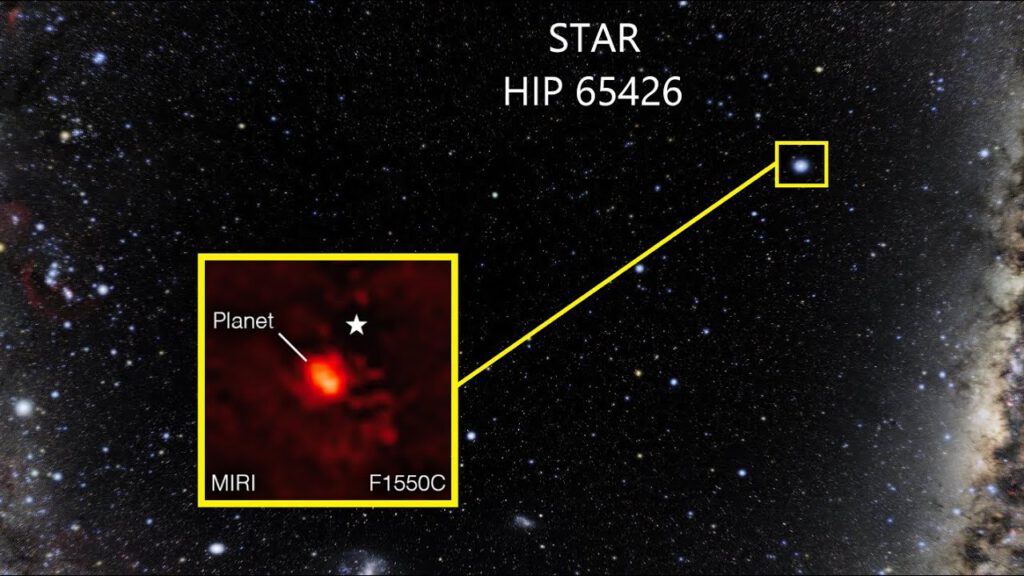he first of these, HIP 104045 b, weighs about half as much as Jupiter and orbits its star in 6.3 years. The second, HIP 104045 c, is a hot superneptune: it is about 2.5 times the mass of Neptune but moves closer to the star in a 316-day orbit, similar to Earth.
“Small Earth-sized planets are more common than giant planets. These factors open precedents to the search for Earth-like planets around Sun-like stars by primarily looking for Jupiter-like planets,” writes an international team of astronomers led by Thiago Ferreira of the University of Sao Paulo in Brazil.

